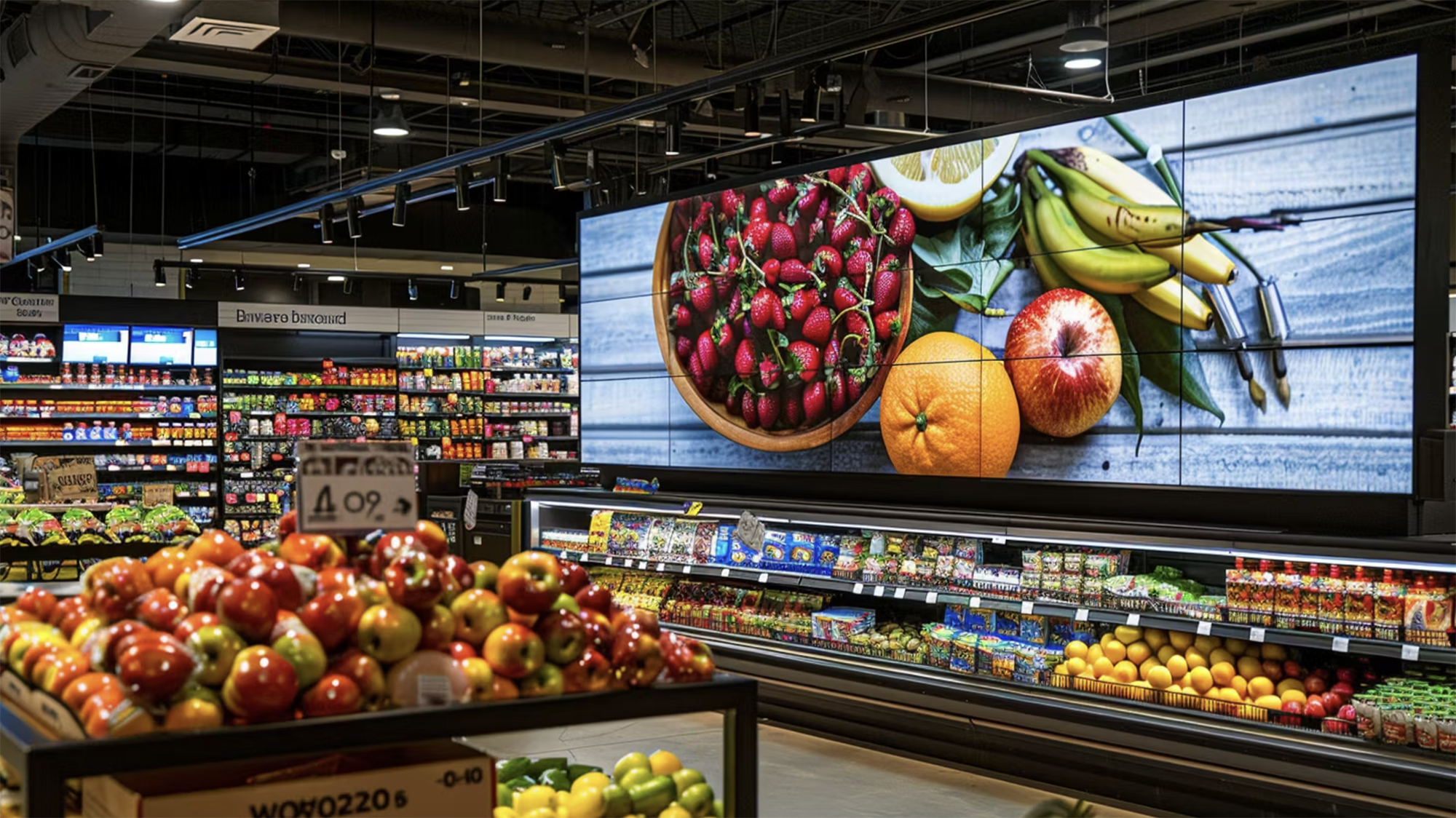5 Critical Personalization Challenges Hindering Your Omnichannel Sales
.jpg)
At a Glance
- 86% of consumers expect personalized experiences, yet only 11% of grocers have personalized half of the shopper journey.
- 51% of grocers lack a cohesive personalization strategy, leading to fragmented efforts and missed opportunities.
- 57% of grocers struggle with integrating data across platforms, hindering a unified customer view.
- 44% of grocers cite limited in-house resources as a major barrier to personalization efforts.
- 41% of grocers find it challenging to demonstrate ROI for personalization initiatives, limiting investment.
- 27% of grocers report poor data quality, which impacts their ability to create effective personalized experiences.
Grocers aiming to boost sales increasingly adopt personalization to engage their target consumers. However, many struggle to execute an effective strategy. A successful personalization journey relies on three key components: understanding consumer needs and preferences, knowing the platforms where consumers access information, and fostering customer loyalty to drive repeat purchases. One critical step toward encouraging repeat visits is creating a unified customer view across all engagement channels. Even when a grocer has a well-designed personalization strategy, without integrated data from multiple sources such as demographic insights, third-party platforms, online behavior, e-commerce, and transactional data, the strategy will likely fall short.
To unlock the full potential of personalization, grocers must first address the key challenges they often encounter.
Understanding the Consumer
Consumers face a vast array of choices, and personalization can help foster loyalty. For instance, 84% of consumers are likely to click on ads offering limited-time deals, and 73% will engage with online ads if they find them relevant. Additionally, 82% look for digital coupons, and 69% are influenced by social media and content partnerships. However, to effectively track and respond to these behaviors, grocers need data from every channel, allowing them to create a comprehensive view of the consumer’s journey. Without this, building a strong personalization strategy is nearly impossible.
Key Challenges Grocers Face in Scaling Personalization
Lack of a Strategic Personalization Plan
More than 51% of grocers do not have a clearly defined, cohesive personalization strategy in place. Without a focused approach, their efforts often become fragmented, leading to disjointed personalization campaigns that fail to deliver the intended results. This lack of a structured strategy not only limits customer engagement but also prevents grocers from fully optimizing their omnichannel sales potential. Developing a strong, unified personalization strategy is crucial for creating seamless, personalized experiences that drive consumer loyalty and business growth.
Data Integration Issues
One of the major challenges grocers face is the inability to integrate data across platforms, with 57% struggling to achieve seamless integration. When data from e-commerce, in-store transactions, and third-party sources remains siloed, grocers miss out on a unified customer view. This fragmentation hampers their ability to deliver personalized shopping experiences, as the lack of integrated data prevents comprehensive customer insights necessary for effective personalization strategies.
Resource Constraints
Personalization demands specialized skills, the right technology, and sufficient staffing. 44% of grocers report that limited in-house resources present a key challenge in implementing effective personalization strategies. Without the proper expertise and tools in place, grocers struggle to leverage data and technology to deliver personalized experiences that resonate with consumers. This resource gap can significantly hinder the success of personalization efforts, preventing grocers from fully capitalizing on omnichannel opportunities.
Difficulty Justifying ROI
While personalization is highly beneficial, many grocers find it difficult to justify the return on investment (ROI). In fact, 41% of grocers encounter challenges when building a solid business case for personalization, which can stall or limit investment in these initiatives. Without clear metrics to demonstrate the financial impact of personalized experiences, grocers often struggle to secure the necessary resources and budget to scale their personalization strategies effectively.
Poor Data Quality
Even when grocers have access to data, it isn’t always usable. 27% of grocers report facing issues with data quality, which can severely hinder their personalization efforts. Poor data quality leads to inaccurate insights, making it difficult to create personalized shopping experiences that resonate with customers. Addressing data accuracy and consistency is crucial for grocers to optimize their personalization strategies and drive better results.
Lack of Relevant Content
Effective personalization hinges on delivering content that aligns with a consumer 's demographics, preferences, dietary needs, and shopping behaviors (e.g., vegan choices, upsell options). However, 18% of grocers report lacking the necessary content to implement truly personalized experiences. Without this targeted content, grocers miss key opportunities to engage customers and enhance personalization efforts, limiting their ability to improve customer loyalty and drive higher sales. Building relevant, tailored content is essential for creating personalized shopping journeys that resonate with individual consumer s.
The Need for Technological and Data-Driven Solutions
To overcome these challenges, grocers need more than just a strategy. They require robust data integration tools and technological solutions capable of analyzing and acting on vast amounts of customer data in real time. Many grocers lack the infrastructure and expertise to manage this, which limits their ability to scale personalization effectively.
Without a well-structured personalization strategy that delivers measurable financial benefits and ROI, grocers will continue to struggle with the same obstacles and fail to achieve the results they desire. By addressing these challenges head-on, grocers can build a stronger, more effective personalization journey that drives sales and consumer loyalty.


.png)





.png)


